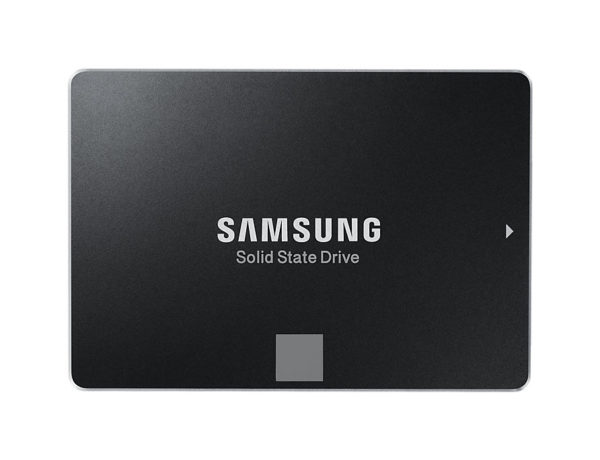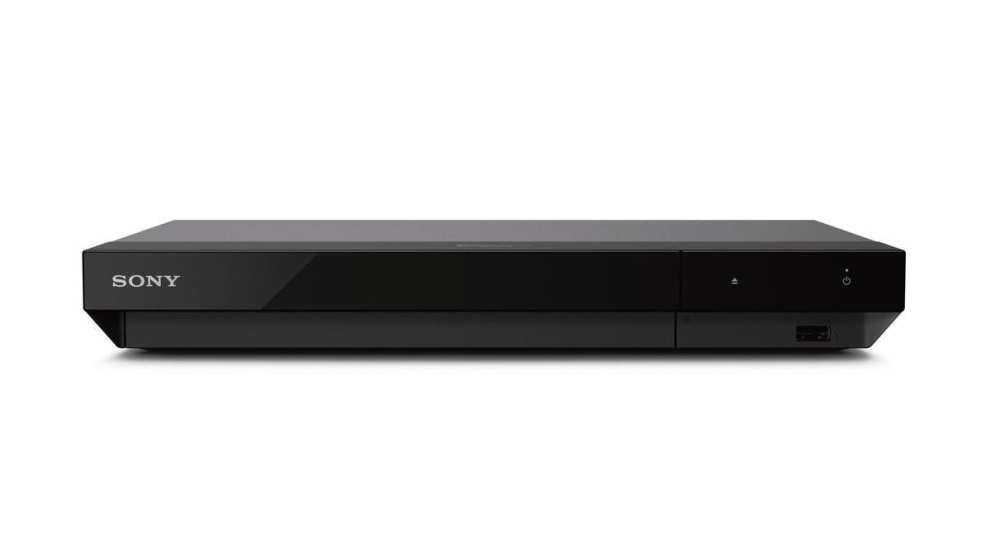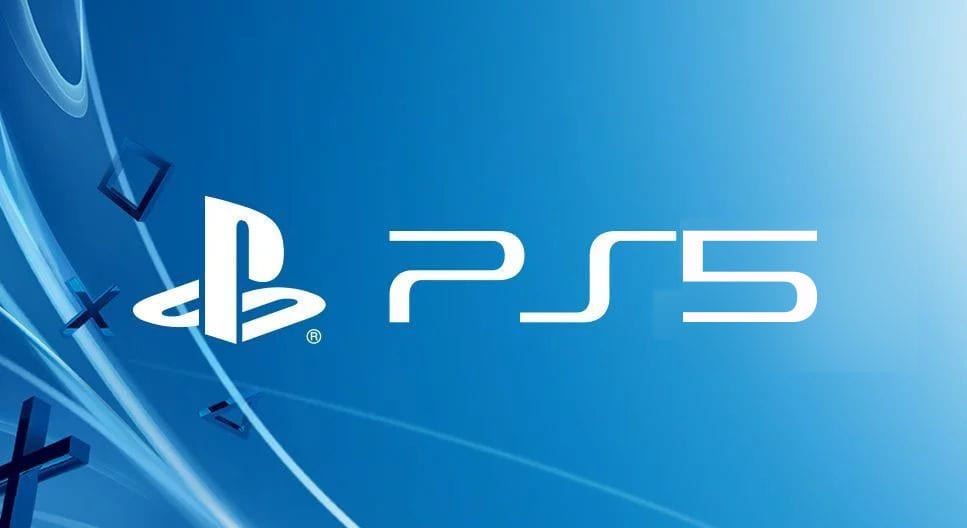Sony has just shared a bunch of new information on the PlayStation 5 (PS5). Alongside the previously announced SSD (Solid State Drive), Sony dived more into what the UI will be able to do, a quick look at what will presumably be called the DualShock 5 controller, and some added information on the horsepower of the hardware itself. Oh, and there’s a 4K Blu-Ray Player packed in there too.
There’s a fair bit to unpack, but Sony hasn’t laid all its cards on the table just yet. We don’t have an exact release date or price, nor do we have a final design for the hardware. There are other technical aspects that could change between now and when the console completely releases, such as a potential microphone on the controller that Sony refused to confirm or deny.
Anyway, we’re digressing. Now that we have a few more details on what the PS5’s hardware will be made up of, we decided to take a stab at predicting the PS5’s price.
To do this, we’re going to be taking a look at the going rate of current technology and the components that would go inside it. We’ll come to a final total, and then discuss other factors that will likely influence price, before coming to our final prediction. So, let’s dive in.
Before we do, please note that this is a very rough estimation based on current consumer prices for various bits of hardware on its own. As Sony is a giant multi-national company, you can bet your bottom dollar they’ll have cost-cutting techniques.
We’ll factor these in at the end of the post, but we’re just giving you a heads-up so you don’t think we’re completely away with the fairies.
Ray-Tracing Hardware

One of the most exciting details we know about the PS5 right now is that it’ll have ray-tracing hardware. This means that developers can implement complex lighting and sound within 3D environments. Just take a look at the puddle and shotgun shells in the image above. Doesn’t it look splendid?!
Offering some clarification on exactly how the PS5 would utilize ray-tracing, system architect Mark Cerny told Wired “There is ray-tracing acceleration in the GPU hardware, which I believe is the statement that people were looking for.”
Right now, the cheapest ray-tracing GPU for a PC clocks in at about $359.99 for an aftermarket Zotac RTX 2060.
Of course, we know that the PS5 will now be powered by a CPU based on AMD’s Ryzen line and a GPU based on the Navi family. Considering AMD hardware tends to be cheaper than Intel and NVIDIA’s CPU and GPUs respectively, don’t go worrying about an astronomically-priced PS5 just yet.
SSD

The Solid State Drive is a thing of beauty. It can basically cut down previously massive load times into a matter of seconds, as well as cut down the resources developers have to duplicate to create a massive open world thanks to its dramatically faster read speed over traditional hard drives.
This all basically means you’ll get faster load times, and developers can either make install sizes for games dramatically smaller, or make their open worlds bigger and better than we’ve ever seen with more detail and things to do.
Cerny also provided a crazy example of the practicality of SSD’s allowing players to install just a single-player part of a game, and not the multiplayer, or deleting one bit and not the other after the fact.
But the cost! Thankfully, SSDs have dramatically reduced in price over the past couple of years alone. Again, a consumer price isn’t going to be the same as what Sony pays on a mass-production level, but a 1TB SSD now costs about $99.99 for a PC.
4K Blu-Ray Player

The 4K Blu-Ray Player isn’t all that exciting, but it’s a neat little upgrade to have packed into your home console all the same, and will help to make the PS5 feel more like a true entertainment system.
What’s the difference between your PS4’s player and a 4K Blu-Ray Player? Well, the clue’s in the name. The PS4’s current drive will only read normal Blu-Ray discs and will display them in 1080p, regardless of whether you’ve got a 4K display or not.
The PS5 will be able to make use of the new Ultra HD 4K Blu-Ray format. That allows you to, you guessed it, watch your favorite movies in 4K in the comfort of your home without having to stream. Currently, these range in price as you’d expect for a consumer, but what appears to be a mid-range 4K player from Sony comes in at just under $200.
In reality, this is probably a non-issue for Sony when it comes to the PS5 price, considering they manufacture the drives themselves. I’d say you’re looking at a guaranteed element of the console that Sony will happily lose money on to keep the cost low with the 4K Blu-Ray player.
DualShock 5 Controller

Console controllers have never been cheap, but the price has continued to rise as manufacturers cram more and more functionality into them. Right now, we know that the DualShock 5 will make use of haptic feedback in the, allowing you to feel the changes in different environments or the terrain underfoot.
Similarly, the trigger buttons have been renamed ‘adaptive triggers’ on the PS5 thanks to the new tech bundled into them. This will allow players to feel the different between different weapon types on their trigger fingers, or to feel varying resistance when pulling and arrow back on a bow, as Cerny explained.
The Wired story also refers to what author Peter Rubin thought might have been a microphone built-in to the controller for use with the PS5’s possible virtual assistant that showed up in a patent.
That’s a whole lot of interesting tech crammed into the controller, but I can’t see Sony pushing the price that much higher than where we’re at with the DualShock 4 right now. We’ll say $60 as a launch price with it dropping over time.
PS5 Price Prediction

As we mentioned at the beginning of this post. All of this is really just a rough estimate, and when we say rough, we mean really rough. Consumer prices and those that Sony will pay when mass-purchasing components will differ. However, knowing the rough costing of ray-tracing tech, an SSD, and an idea of what’s being packed into the controller can help give us an idea of where Sony will put the PS5 price point.
On just the components we’ve discussed here alone, the costing at consumer price would roughly be around $720. That’s way over what many players would realistically pay for new hardware, even at launch.
There are things to consider though. First off, the ray-tracing hardware based on AMD’s Navi GPU may not be quite as powerful as even entry-level NVIDIA cards right now and thus might cost less. The DualShock 5 will likely be tossed into the hardware SKU at no extra cost, and Sony utilizing its own 4K Blu-Ray drives could massively reduce that $720 price point, too.
Additionally, it’s worth taking into account that Sony will likely be willing to take a huge hit on the PS5 hardware itself in order to entice players to hop into the ecosystem. Manufacturers rarely make a profit on hardware when it initially releases, with costs and, in turn price, dropping as more efficient manufacturing methods are utilized.
That loss is worth swallowing to get players into the ecosystem, though, paying $60 for PlayStation Plus, purchasing software and additional accessories that’ll help to recoup that initial hit to profit.
As such, despite the somewhat outlandish figure my bit of research on the new PS5 details suggest, I actually think it’s more likely we’ll see something around the PS4’s initial price point of $399 / £349.99. This was the sweet spot that sold many players on the system when it was first announced, and gave it the initial edge on the Xbox One at $499.
So there you have it, a PS5 price of $399 is our prediction, but what do you think it’ll total to? Let us know in the comments below.













Updated: Oct 9, 2019 05:13 am